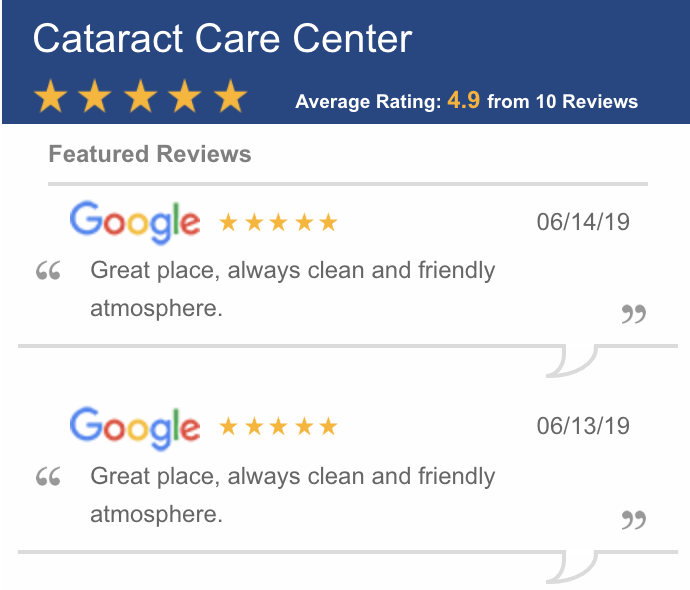Glaucoma
Often referred to as the “silent thief of sight,” glaucoma is the second leading cause of blindness
in the U.S. The disease is associated with a buildup of pressure in the eye that damages the optic
nerve, causing progressive vision loss.
In most cases, glaucoma produces no early warning signs, and vision loss from the eye condition is
irreversible. However, regularly seeing your eye doctor is crucial in detecting and treating the
disease early to prevent vision loss and blindness. If you are over age 60, we recommend you
schedule a routine eye exam with our specialized team today. During your eye exam, we will screen
your eyes for signs of age-related eye conditions and diseases, including glaucoma.
What is Glaucoma?
There are several types of glaucoma, the two main types being open-angle glaucoma and angle-closure
glaucoma. Open-angle glaucoma is the most common type of the disease, and occurs as a result of
fluid buildup in the eye. This pressure buildup increases intraocular pressure (IOP), which in turn
damages the optic nerve.
Closed-angle glaucoma occurs when the iris of the eye prevents normal fluid drainage, causing a
rapid buildup of pressure.
Symptoms of Glaucoma?
Glaucoma rarely produces symptoms in its early stages. In many cases, glaucoma goes undetected until
the optic nerve has been damaged beyond repair. When glaucoma does cause symptoms, it may include
any of the following:
- Vision loss
- Eye pain
- Tunnel vision
- Blurred vision
- Halos
- Nausea/vomiting
Diagnosing Glaucoma
The American Academy of Ophthalmology (AAO) estimates that only half of the Americans with glaucoma
are actually aware of their condition. This is why our doctor recommends that patients stay on top
of their eye health, especially those who are at a greater risk of developing glaucoma. People who
are at an increased risk of glaucoma are those who:
- Have a family history of glaucoma
- Are over 60 years of age
- Are of African, Hispanic or Asian descent
We use several screening tests and advanced tools to diagnose glaucoma. These tests are designed to
measure peripheral and distance vision, the pressure inside the eye and the thickness of the cornea.
After proper testing and a formal diagnosis of your condition, our team can make recommendations on
treatment.
Glaucoma Treatment
While there is no cure for glaucoma, there are treatment options available to slow the progression
of the disease. The most common and simplest treatment for glaucoma is prescription eye drops
designed to lower intraocular pressure. If eye drops are not able to slow progression, there are
several more invasive treatments available, including:
Selective laser trabeculoplasty (SLT): One of the most
advanced treatments for glaucoma, frequently
used instead of drops or to replace drops. SLT uses a laser to target drainage tissue, improving
drainage and lowering IOP in one to three months. The effects of SLT typically last up to five years
before additional treatments are needed.
Canaloplasty.: A
minimally invasive procedure, canoloplasty uses a microcatheter (or tube) to enlarge the main
drainage canal of the eye so that it drains excess fluid, preventing buildup and reducing eye
pressure.
Viscocanalostomy: A
minimally invasive procedure, viscocanalostomy uses a microcatheter (or tube) to enlarge the main
drainage canal of the eye so that it drains excess fluid, preventing buildup and reducing eye
pressure.
Filtering microsurgery.:
This procedure is typically used when the patient’s eye pressure remains high despite medication or
laser surgery. During filtering microsurgery, a small drainage hole in the sclera (the white part of
the eye) is made to assist in fluid drainage, lowering the high intraocular pressure and preventing
optic nerve damage.
Tube shunts: Silicone drainage devices that are inserted in
the anterior chamber of the eye. The shunt
collects excess fluid in the eye, relieving fluid buildup that causes high IOP.
Stay on Top of Your Eye Health
If you are over age 60 or are at high risk for glaucoma, it’s important to be proactive about your
eye health. Please call our practice today and request a comprehensive eye exam.
